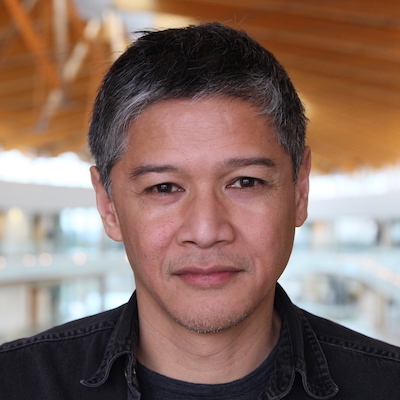Cited By
View all- Song KSabie SJackson SLindström KPaulos EStåhl ÅWakkary R(2024)Unmaking and HCI: Techniques, Technologies, Materials, and Philosophies beyond MakingACM Transactions on Computer-Human Interaction10.1145/368904731:6(1-6)Online publication date: 3-Sep-2024
- Nicenboim ISøndergaard MLindley JReddy AStrengers YRedström JGiaccardi E(2024)Unmaking-with AI: Tactics for Decentering through DesignACM Transactions on Computer-Human Interaction10.1145/368527531:6(1-20)Online publication date: 5-Aug-2024
- Deshpande HTakahashi HKim J(2024)Unmake to Remake: Materiality-Driven Rapid PrototypingACM Transactions on Computer-Human Interaction10.1145/368527031:6(1-31)Online publication date: 21-Aug-2024
- Show More Cited By






